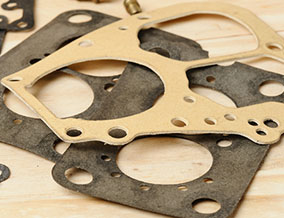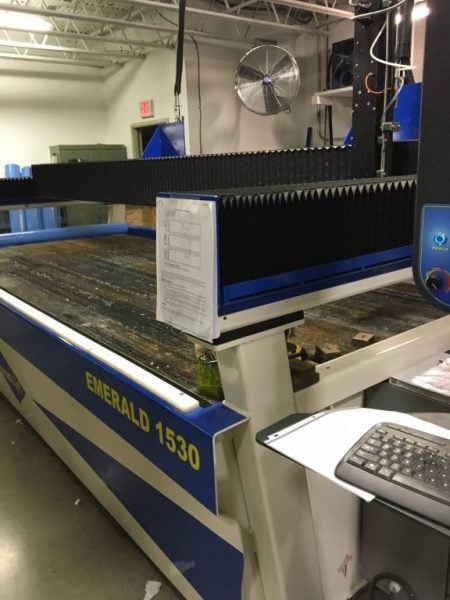Rubber, films, and plastics; all of these can be formed through traditional die cutting methods. Die cutting is a fast and easy method of shaping materials with relatively low structural integrity, such as paper and fiberboard. Through die cutting, these materials can be precisely and quickly shaped with consistent accuracy. The final product, however, will be most influenced by the material selected.
The Different Types of Die Cutting Methods
Three of the most popular types of die cutting method
include flat bed die cutting, rotary die cutting, and waterjet cutting. Each of them may be better suited to specific types of materials or fabrication. For the most part, most die cutting methods can be used for most production; it’s mostly a matter of what is most economically viable.
Flat bed die cutting is the simplest method of die cutting. It’s ideal for situations in which large amounts of material must be cut in a short period of time. It’s also an extremely versatile and flexible solution; because of the methods used in flat bed die cutting, it can be used with virtually any material.
Rotary die cutting is used for high volume, high accuracy production. The only downside to rotary die cutting is that it has a tendency to be more expensive than flat bed die cutting. It is, however, faster.
Finally,
waterjet cutting is often performed when parts need to be manufactured due to changing specifications.
Waterjet cutting allows for the
CNCing of materials of different thickness and hardness. Because dies don’t need to be constructed, the actual product can be changed on-the-fly. It can be more expensive for high volumes but is usually less expensive for individual cuts. Laser cutting is very similar, but uses lasers rather than a jet of water.
Material Selection for Die Cutting
Die cutting is best and most commonly used on materials that have relatively low structural strength. Plastic and plastic films are among the most common materials used for die cutting. Foam, thin metal sheet, rubber, and fiber are also commonly used for die cutting.
The hardness of the material will have the most impact on the methods of die cutting that can be used. Flat bed die cutting is often used for harder materials, as it can exert a large amount of force on the material.
Waterjet and laser cutting are more commonly used with softer materials.
Die cutting is generally used for high volume manufacturing, either to produce final products or to produce the parts of products. Because it can be used for such a wide assortment of materials, die cutting can fit into many manufacturing processes. Tom Brown, Inc. provides comprehensive die cutting processes, including flat bed, rotary, and
waterjet cutting. Contact Tom Brown Inc.
today to learn more about their die cutting processes!


